EPA Releases Updated, Elevated Estimates for the Social Cost of Greenhouse Gases
Clean Energy Law
JANUARY 25, 2024
By Joshua Bledsoe , Kevin Homrighausen , and John Detrich On December 2, 2023, the US Environmental Protection Agency (EPA) released a final report that substantially increases estimates of the social cost of greenhouse gases (GHG), including carbon dioxide, methane, and nitrous oxide (collectively, SC-GHG). 2014), [link]. [14]


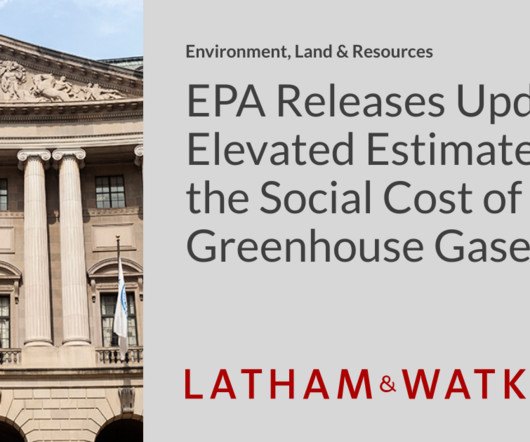


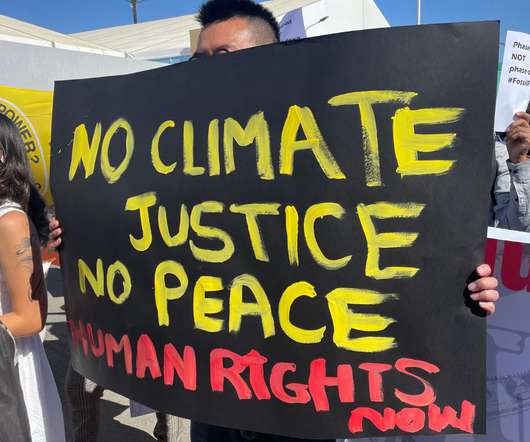
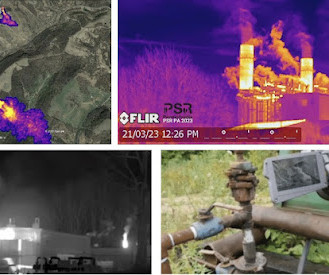

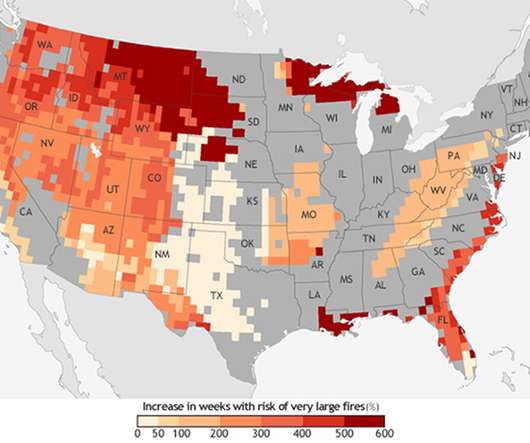
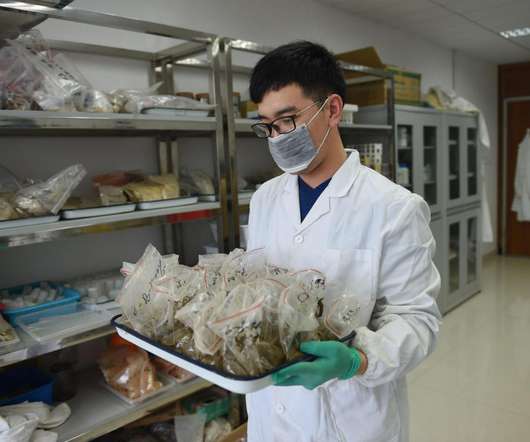







Let's personalize your content